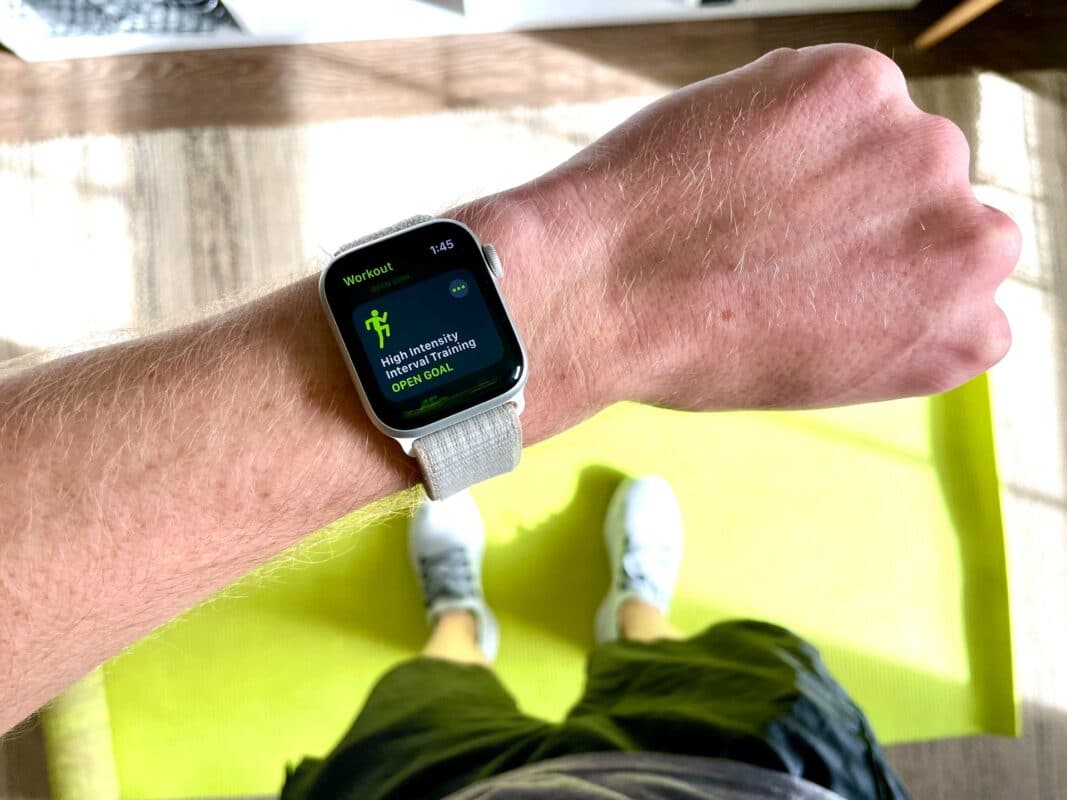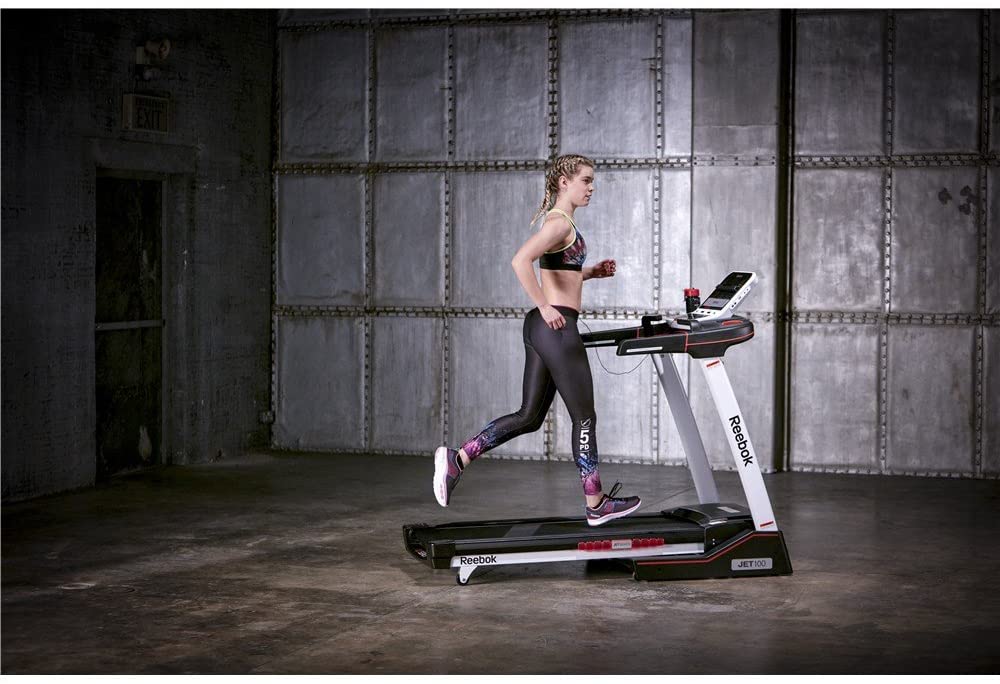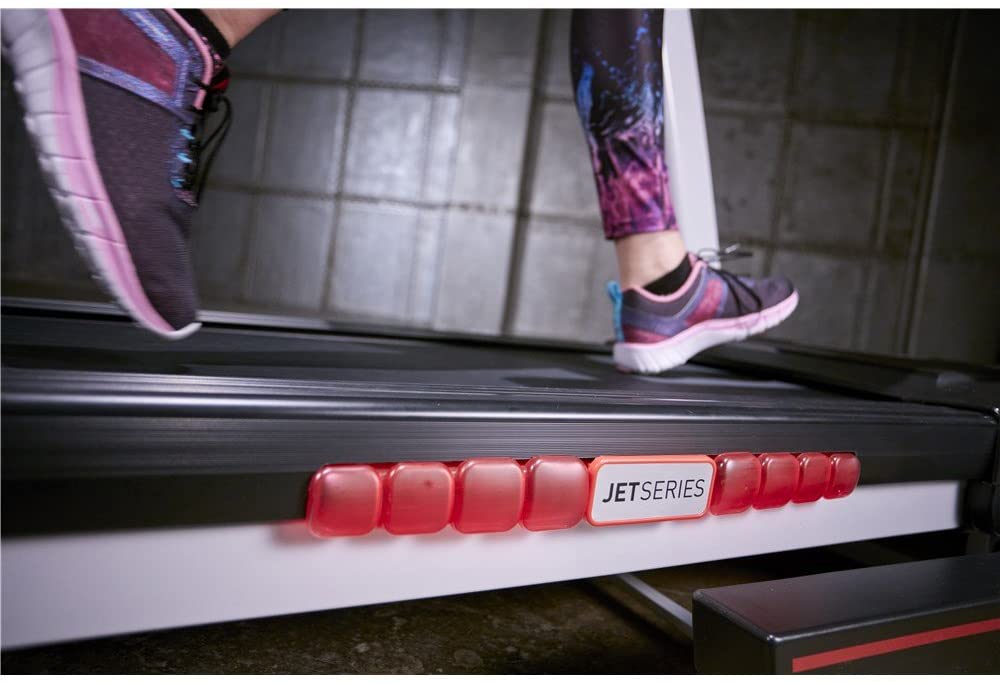Home treadmills / Commercial treadmills
According to a survey published in 2021, the cost of the average monthly gym membership varies between £25 to £100 in the United Kingdom; a treadmill only costs about five times as much as it…are you doing the maths?
Buying a treadmill eliminates any restrictions of following a dress code or timing while using one at the gym won’t require you to pay any conditional costs in maintenance and repairs. What do you think is a better option?
A significant hindrance to achieving our fitness goals is the inability to decide how to reach them. We don’t want you to quit halfway, and in this blog, we will clear all of your doubts regarding commercial and home treadmills. By the end of it, you’d be clear on which one to choose so let’s get started.
Contents
A brief history of treadmills
Do you know treadmills were used as a punishment for prisoners? In 1817, A British engineer, Sir William Cubit, was frustrated with the idleness of prisoners. He wanted to make their sentence tiring; thus, he came up with the idea of a treadmill. Although those treadmills looked more like a treadwheel, it was still how treadmills got started.
The treadmill was a giant wooden wheel put on an axle; a rope served as a handle. As the wheels are cervical in shape, the treadwheel produced the same effect as incline treadmills. Although the task was tedious for prisoners, it bought no benefit. William tried to redesign a treadmill to pump water and grind corn, but it didn’t eventually work out, and the law was abolished in 1902.
The running machine by Claude Laurine
Then in 1911, Claude Laurine came up with an advanced idea of a treadmill and filed for a patent. Experts suggest that producing a machine like Laurine’s idea wouldn’t have been possible at that time. However, the patent was still guaranteed in 1913. The ‘running machine,’ as it was patented, was a folding treadmill, it could be adjusted to fit the runner’s height, and the belt could be rotated to get the maximum incline. Although such a treadmill was impossible back then, the treadmill producers of the 21st century often cite the patents during the production of the latest motorised treadmills.
The developments in the late 1960s
In 1952, Dr Robert A Bruce came up with the idea of a motorised treadmill. He designed the machine to check his patients’ heart and lung condition. The patients were first monitored while lying down; then, they were asked to run at varying speeds. An ECG was connected to their body, and the heart rate monitor would measure the rate at low and then at maximum speed.
In 1960, the first home treadmills were produced on a large scale. The prototype was invented by mechanical engineer William Staub, inspired by Dr Kenneth Cooper’s book-aerobic. He sent the prototype to Dr Cooper.
The idea was fascinating; thus, Dr Copper decided to fund the mass production of the machine. Soon, the company was selling about 2000 units a year, which rose to 35000 by the end of 1990s. Dr Cooper suggested that to maintain life fitness, each individual should have at least 8 minutes of treadmill workouts five days a week.
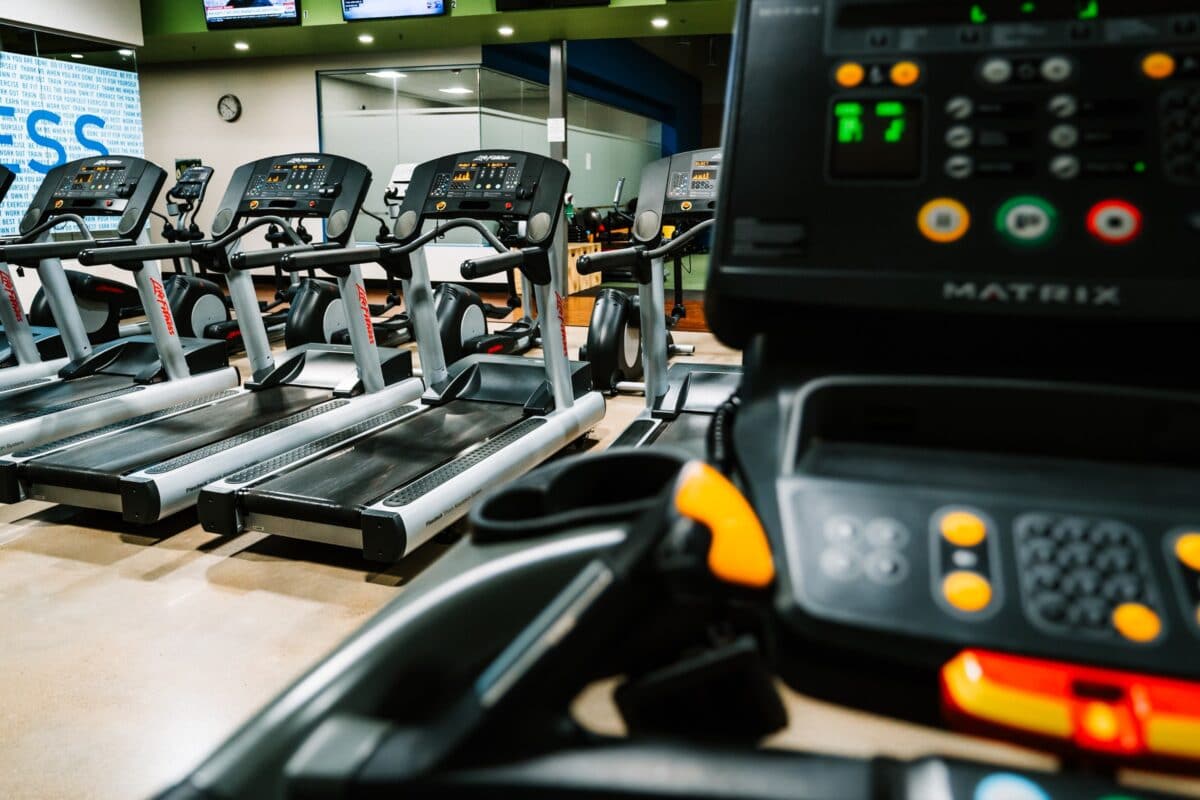
Modern-day
Currently, most treadmills use the same basis as designed by William Stub. Nevertheless, there have been some modifications to make the treadmill suitable for interval training as well as weight loss. Similarly, different treadmills are designed to suit the fitness objectives of individuals. The latest updates from the past decade include the integration of the ‘sole fitness app’, improvement in the quality of running surface, and development of impact absorption technology.
We have talked a fair deal about the history of treadmills; it would be unfair to our main topic to discuss more so, so without any ado, let’s talk about the specification, disadvantages, and advantages of home and commercial treadmills.
Do you need a treadmill?
Buying a treadmill can be a tough decision, and it can often be confusing to decide whether you need one. As a personal trainer, I have come across various starters who told me that their interest in cardiovascular workouts didn’t last long. Their treadmill is now nothing more than an object covering their valuable floor space.
Nevertheless, a healthy proportion of the treadmill buyers report that they feel in better control of their fitness goals after buying the running machine. Owning the treadmill has allowed them to work out whenever they want, which has led to an improved fitness level.
We can say that we have got mixed reviews. However, regardless of the viewpoints, one can’t argue with the effectiveness of a treadmill. Treadmills are one of the most efficient cardiovascular workouts. If you work out for about an hour, you’d be able to burn approximately 700 calories, as proven by JAMA. Once you have a treadmill in your workout space, getting rid of excess fat will be a piece of cake.
In the later section, we will be describing the two most popular forms of treadmills, which will hopefully help you choose the best for you as an individual.
Commercial treadmills
Commercial treadmills are generally used in gyms and health clubs. These running machines are usually costly to buy for an individual’s use. As they say, quality comes at a price; these running machines are amongst the best treadmills available.
Advantages of commercial treadmills
Track your data using Apple and Android devices
A commercial treadmill allows you to track your performance through applications like a fit app. These apps have multiple services that help you make the most of your workout. Some of the applications provide a motivational pop-up once a day, encouraging you not to give up. Similarly, it gives you a summary of calories burned, heart rate, and weight record. The data can be crucial in analysing your performance and results. Unfortunately, often you can’t connect your mobile to apps on a gym treadmill, as they are for everyone and are reset every day.
Extensive features
Most commercial treadmills have luxury features such as cushioned running surfaces and external springs, which help in improving endurance and fat burning. These are the best treadmills which are usually out of an average consumer’s budget. Although running on a treadmill is typically the same everywhere, a residential treadmill offers lower impact in comparison.
More reliable
Commercial treadmills are made to work continuously for long intervals and have an expected life of more than two years. These treadmills are made with high-quality components to ensure they last longer than other variants. The reliability of commercial treadmills makes it the ideal choice for gyms.
Disadvantages of commercial treadmills
Affordability
We have mentioned commercial treadmills specifically for use in gyms and health clubs because they are often priced way out of an individual’s budget. A rough estimate suggests that a commercial treadmill would usually cost twice the amount of the general ones. Their higher price also means that you have less budget left for other fitness equipment.
Maintenance
Although commercial treadmills are made with reliable parts and have more extended warranties, their maintenance cost is generally higher than other treadmills. The higher cost is mainly because of higher-priced components, which may cost an arm and a leg to get replaced. Similarly, finding the perfect technician to get these machines fixed is a task on its own.
Commercial treadmills aren’t entirely mechanical, and some of their components are programmed to fit their purpose. Hence, fixing them isn’t a cup of tea for all mechanics.
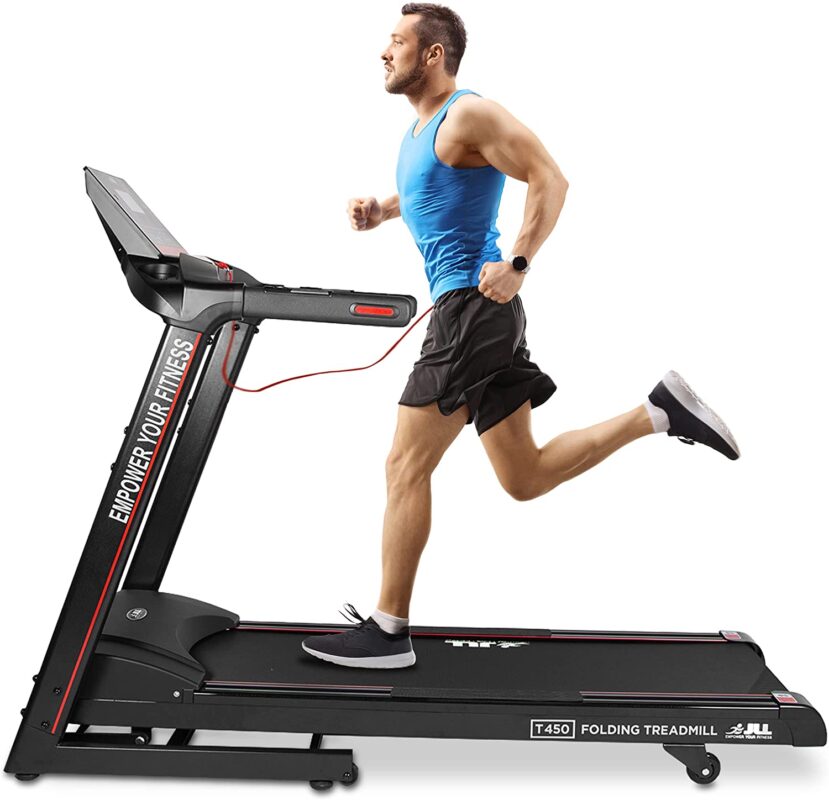
Home treadmill
Home treadmills generally consist of smaller treadmills that can fit in tight spaces around your house. They are made for individual use. Often the producers ensure that the price is kept as low as possible, so the treadmills are budget-friendly. Most of the home treadmills are foldable, which means you can burn calories without compromising your valuable floor space.
Advantages of home treadmills
Lower price
If we can term only one reason someone would prefer a residential treadmill, it would be its affordability. As I mentioned, producers would often keep a lower price as their utmost priority; they would look to produce a device that can form a part of a home gym. Buying a house treadmill would help you save a fair share of your total budget, which can be used to buy more gear for your workout space.
Reliable
There is a mixed opinion regarding the reliability of a residential treadmill. Critics claim that these treadmills are made with cheaper parts that make them prone to frequent issues. However, I have experience of home treadmills lasting longer when used by a limited number of users. These treadmills are designed to work for shorter spans and need breaks before being used again. If they are used with proper care, they will last a lifetime. Not to mention, these machines aren’t meant to be used in gyms.
Fit in small spaces
Home treadmills are designed to be a perfect fit for your house. They are foldable; hence you can keep them folded at a corner of your home gym, and they will barely interfere in any of your other workouts. Even if they aren’t foldable, their structure is sophisticated, making them less wide than the different variants.
Disadvantages of home treadmills
lesser stability
A con of home treadmills is their stability. As most of them are foldable, they would usually trouble you in terms of balancing. Although the treadmills won’t create squeaking sounds in the first year, I fear that as the bolts and joints get worn, they will cause some issues while folding and unfolding. These problems would eventually translate into a worse exercise experience, which is the last thing you’d like in attaining your goal of life fitness.
lesser features
“Sweetness is dependent upon the amount of sugar you pour”. Although the saying talks about sugar which is our biggest obstacle, it is pretty accurate when buying an electrical device, in our case, a treadmill. A cheaper treadmill would never have the same amount of features as its higher-end variants. A residential treadmill generally lacks a cushioned track and would usually lack in terms of modes offered. These treadmills conventionally have three different modes, while for the commercial ones, the exercise modes can go up to 15.
Which one should I choose?
We have talked a fair deal about the two treadmill types. Both of them have their benefits and cons. there are several factors that’d help you decide which one you should choose.
Novice or Professional
If you have been working out for a year or more, you’d need more features that can help burn calories efficiently. In such a case, a commercial treadmill would be the better fit for you, as it has more programs, higher top speed, better stability and everything required to take your workout to the next level. On the other hand, your running intervals would probably be shorter if you are just starting out, and you might not require complex plans. In this scenario, a residential treadmill would do the job.
The cushioning and stability
Injuries are a part of the exercise, they may occur at some stage, but you need to try your best to avoid them. When choosing a treadmill for interval training, you’d need to choose a treadmill with proper cushioning. A better track lowers the impact and helps build stamina.
Weight limit
Most runners don’t pay importance to the weight limit of a treadmill, thus end up making the wrong decision. To find the right treadmill, you need to ensure that the weight limit is at least 20kg higher than your average weight. Running on a treadmill with a lower weight limit can lead to excess strain on the motor.
These are some of the factors that you must consider before buying a treadmill. You need to ensure that your exercise equipment is well suited to your workout goals.
Pro-tip: If you are able to leave your treadmill set up then do so as sometimes, out of sight can mean out of mind.
Conclusion
We have come to the end of the blog; I hope it helped you understand the difference between home and commercial treadmills. The ultimate goal of exercise is to get tangible results and be a better version of ourselves. When you have prepared your mind to transform your life, don’t think of excuses. Most treadmills offer similar specifications, and at the end of the day, it’s your efforts that lead to results. So start with a treadmill that’s most feasible for you to get, and put your efforts into achieving your goals.
FAQs
Do I need an in-workout display?
Several commercial treadmills offer an in-workout display, which helps program better exercise sessions as per your goal. It is helpful, but it shouldn’t be a crucial factor in choosing your treadmill. Pay special attention to stability, cushioning, load limit and top speed; all other features would create little overall difference in the long run.
Is a curved treadmill better than normal ones?
A curved treadmill doesn’t require electricity and impacts more muscle groups, which help your stamina. It is popularly used for high-intensity training as its top speed is higher in comparison. Currently, these treadmills sell at quite a high price; there are some cheaper ones too, but initial reviews have suggested lower reliability for them.
Curved treadmills are a new addition, and with time, they might be upgraded to suit the needs of individuals better. More advice and education on treadmills.

